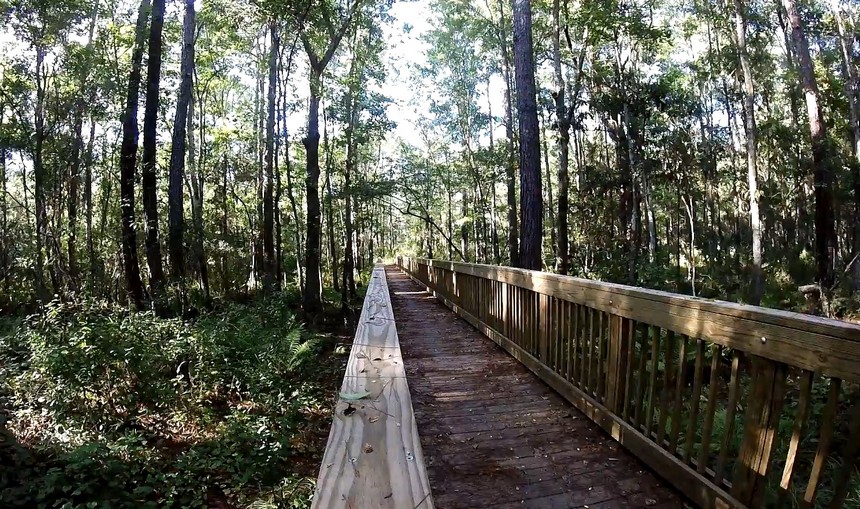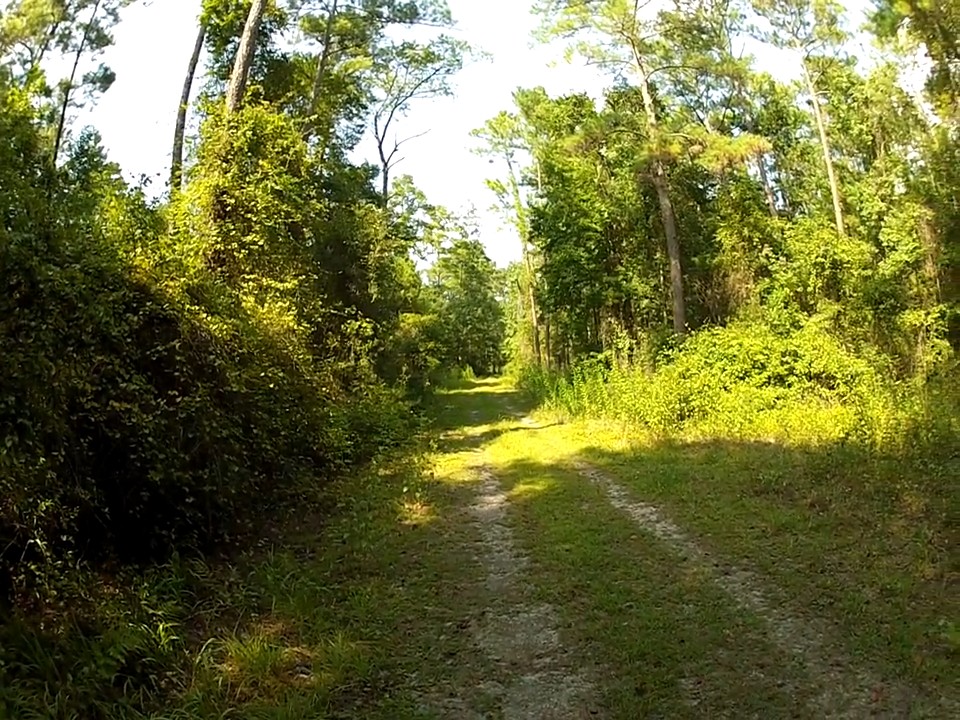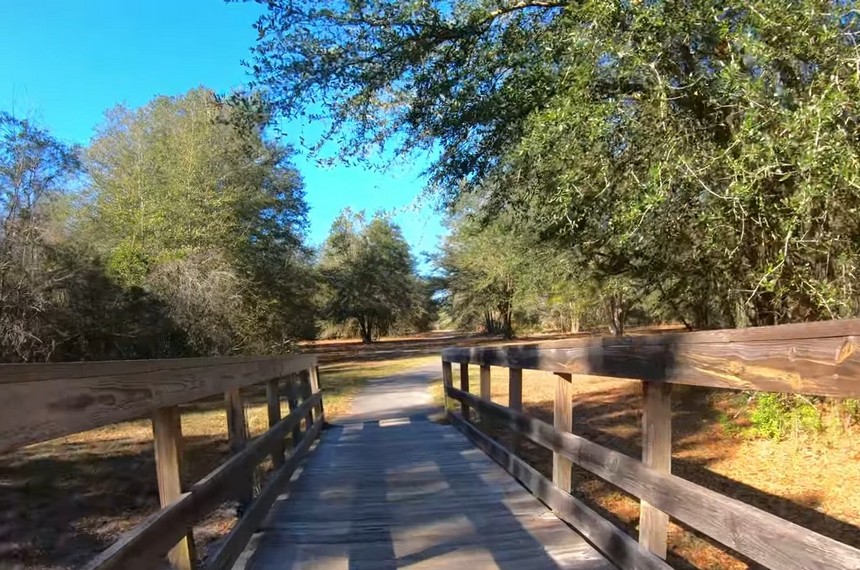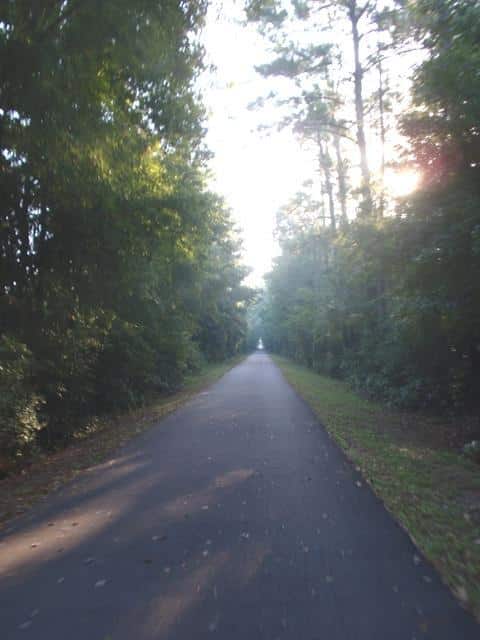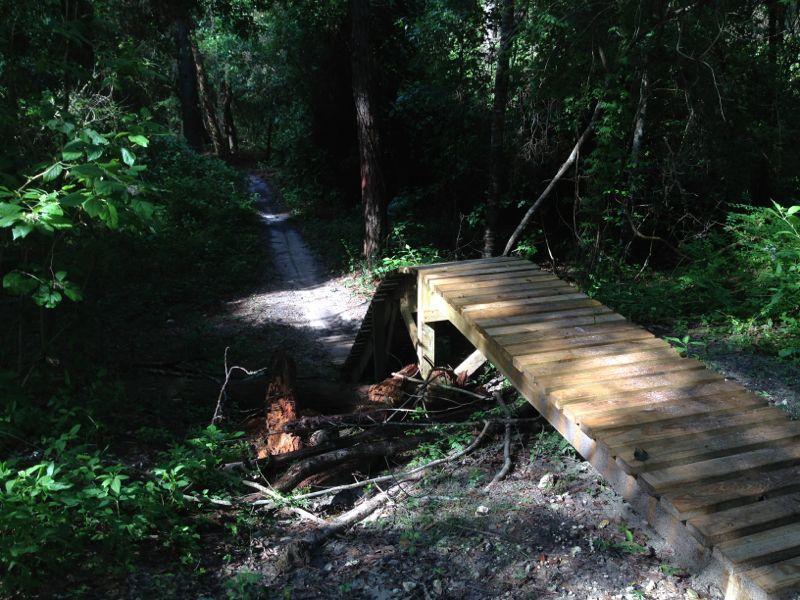Jacksonville, Florida: Area Description
Jacksonville offers visitors an opportunity to explore its unique and diverse geography. Situated on the St. Johns River and surrounded by a network of tributaries, the city offers access to both freshwater and saltwater habitats. To the east of the city lies the Atlantic Ocean and its stunning beaches, with trails crossing over boardwalks and through grassy areas.
Inland, the landscape features rolling hills, pine and hardwood forests, and wetlands. The city is also home to the Timucuan Ecological and Historic Preserve, which preserves a unique system of wetlands, marshes, and estuaries that support a diverse range of plant and animal life.
Hills are not a predominant feature of the landscape in Jacksonville, but some trails offer rolling terrain, especially in the western part of the city. The predominant landscape on the bike trails in Jacksonville is forests, with many of the trails winding through wooded areas that offer shade and a natural canopy.
| Land area (sq. mi/ sq.km) |
747 sq. mi (1,935 km2) |
| Min. Elevation (ft./m) |
3 m |
| Max. Elevation ((ft./m) |
57 m |
Demographics of Jacksonville
Jacksonville has an estimated population of 954,614 residents, with a median age of 35.5 years. For every 100 female residents over the age of 18, there are 91.3 male residents. 91% of the population are U.S.-born residents, while 9% are foreign-born. 49.6% of residents born outside the U.S. are naturalized American citizens.
A large population (87.1%) of Jacksonville residents speak English, while 5.7% speak Spanish. A smaller 3.3% speak other Indo-European languages, and 12.9% of the population speaks another language other than English.
| Total Population (thousands, millions) |
954, 614 |
| Population density (persons per sq. km) |
490.63/km2 |
Climate of Jacksonville
Jacksonville has a relatively consistent climate due to its low elevation and location on the Atlantic coastal plain. The city’s climate is classified as humid subtropical, with hot and humid summers and mild winters. Winter temperatures are generally pleasant, while summers can be uncomfortably hot and humid.
The best time to go mountain biking in Jacksonville is during the fall, winter, and early spring when the weather is mild and comfortable for outdoor activities. From late October through March, temperatures are generally mild, with average highs in the 60s to low 70s Fahrenheit and cooler nights.
If you decide to bike during the summer, it is best to go early in the morning or later in the evening when temperatures are cooler. Regardless of when you choose to bike, ensure you check the weather forecast to be prepared for the potential of thunderstorms and high humidity levels.
Average Temperature by Months and Seasons
| Month |
Average Temperature |
| January |
64℉ |
| February |
67℉ |
| March |
74℉ |
| April |
80℉ |
| May |
86℉ |
| June |
90℉ |
| July |
92℉ |
| August |
91℉ |
| September |
87℉ |
| October |
81℉ |
| November |
73℉ |
| December |
68℉ |
Infrastructure
Jacksonville’s extensive transportation infrastructure ensures its residents have various transportation options to choose from, including bridges, railways, and airports. This way, they can easily get around regardless of the weather conditions.
As for biking infrastructure, Jacksonville boasts a network of trails from the Jacksonville Baldwin Rail Trail and the Hanna Park Trial to the Baldwin Trial and the Timucuan Trail. Additionally, the city has a few on-street bike lanes and bikeways with signs and paved roadway shoulders for cyclists.
There are several access roads for buses that can take you to the biking trails in Jacksonville, including the Jacksonville Transportation Authority (JTA) buses.
Sights and Landmarks in Jacksonville
If you’re looking for a great picnic spot for yourself or your family after that long biking journey, Kathryn Abbey Hanna Park is a good option. This park has long stretches of biking trails that offer stunning views of Lake Loop and the Atlantic Ocean, and the playground and beach are a plus for those looking for post-ride relaxation.
Learn about Jacksonville’s history while on your journey through the Amelia Island Trail, which will take you through several historic towns and across the Amelia River on a stunning bridge. This trail will also take you through several landmarks, such as the Old Train Depot and Amelia Island Lighthouse.
FAQ about Trails in Jacksonville
Are there any mountain bike tours in Jacksonville?
Yes, many mountain biking club companies offer guided tours in Jacksonville you can join. Guided bike tours are great for those new to the area or unfamiliar with the trails. Some even provide riders with gear, so you don’t need to worry about not having a bike for the ride.
What is the most challenging biking trail in Jacksonville?
Tornado Alley and Misery Trail at Hanna Park are some of the most complicated trails, suitable for skilled and experienced riders looking for a challenge. These trails, aptly named, are known for their steep and rocky descent. The terrain is also very unpredictable, especially for someone unfamiliar with the trails.
Are there any mountain bike trails in Jacksonville suitable for beginners?
Yes. Trails like Gold Head Branch State Park Trail and Tillie K. Fowler Regional Park Trail are beginner-friendly and offer scenic views.

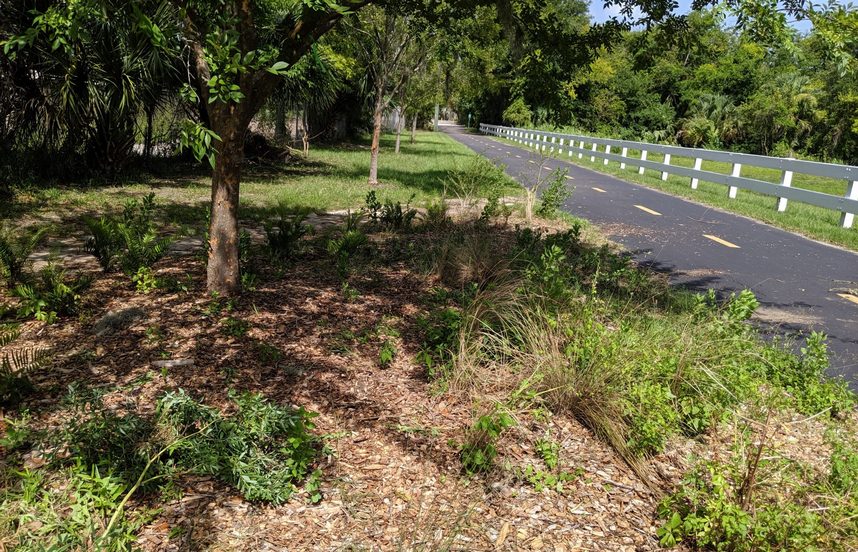
 4.7 mi
4.7 mi
